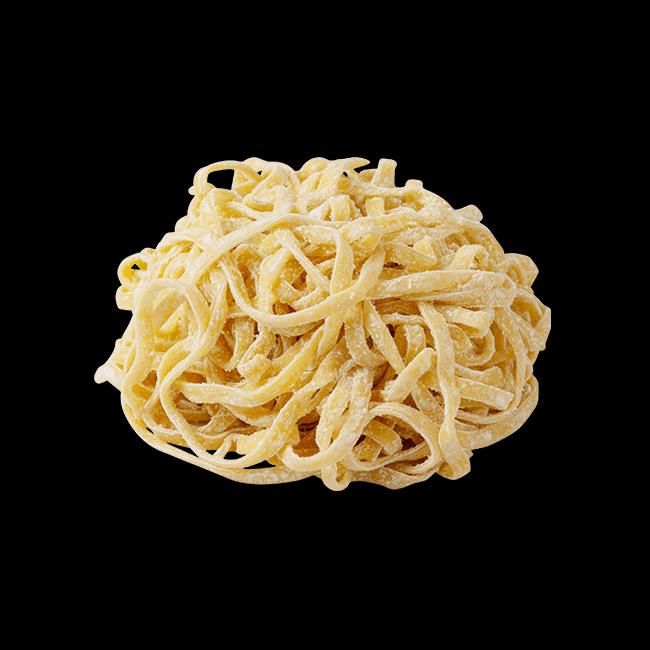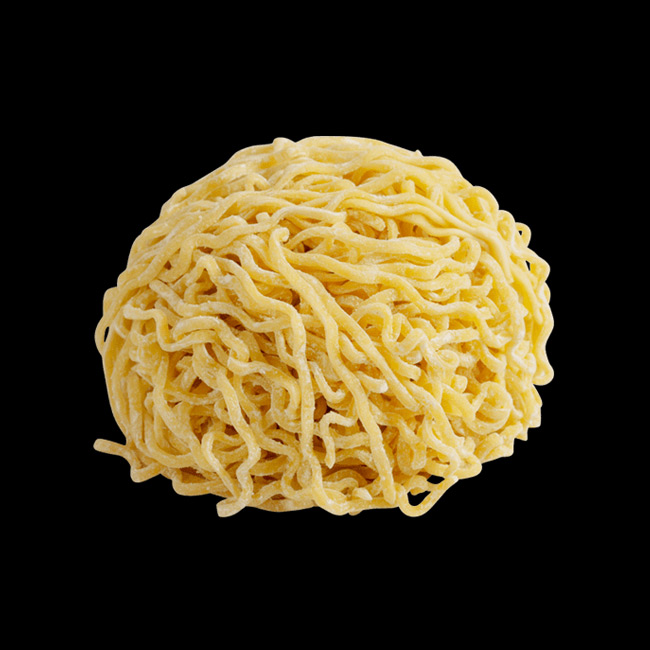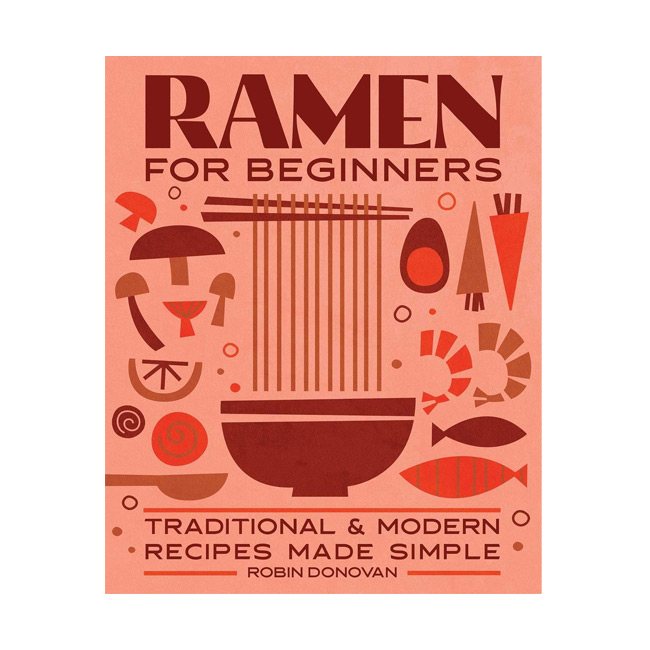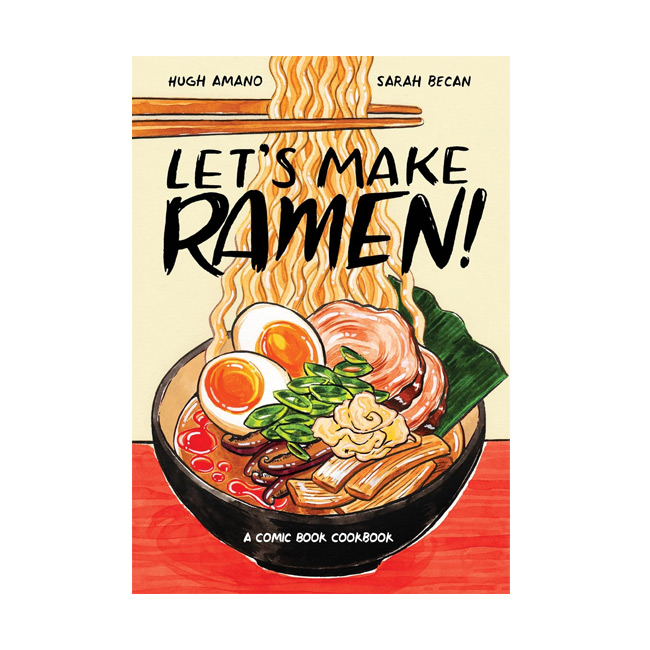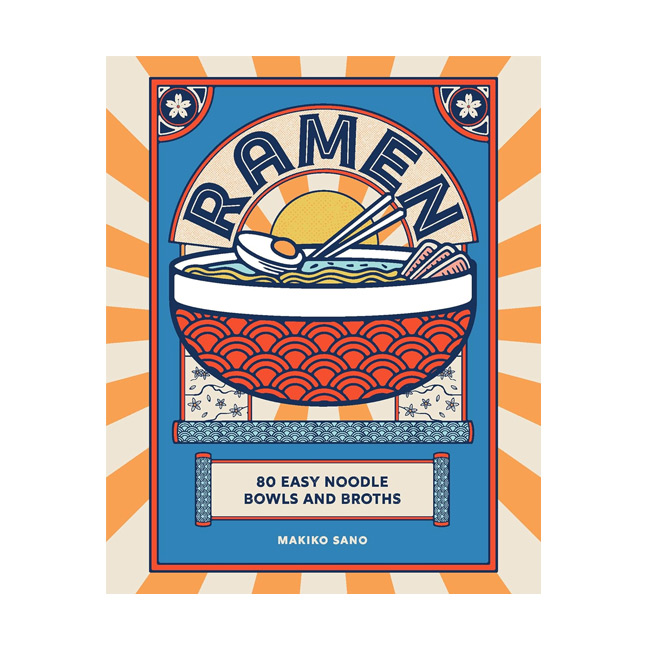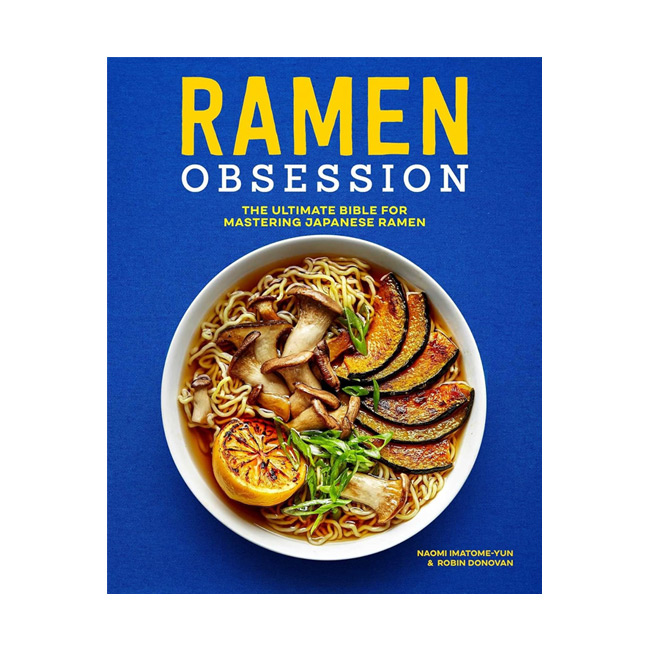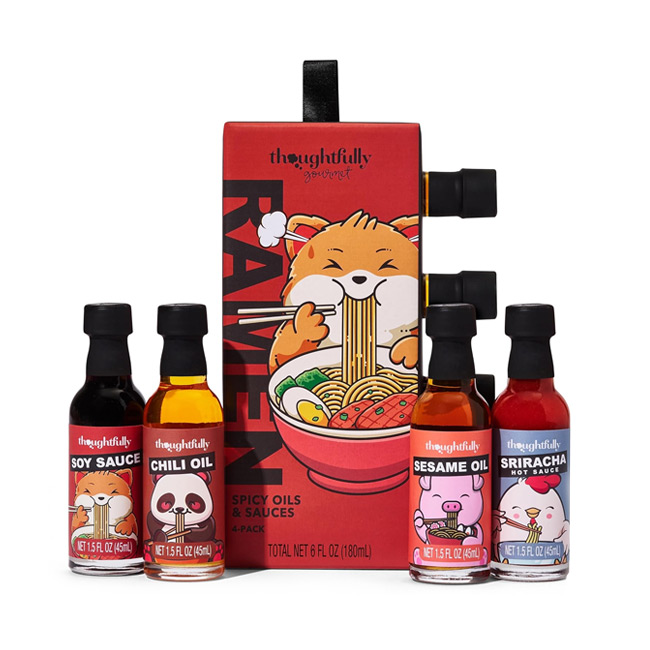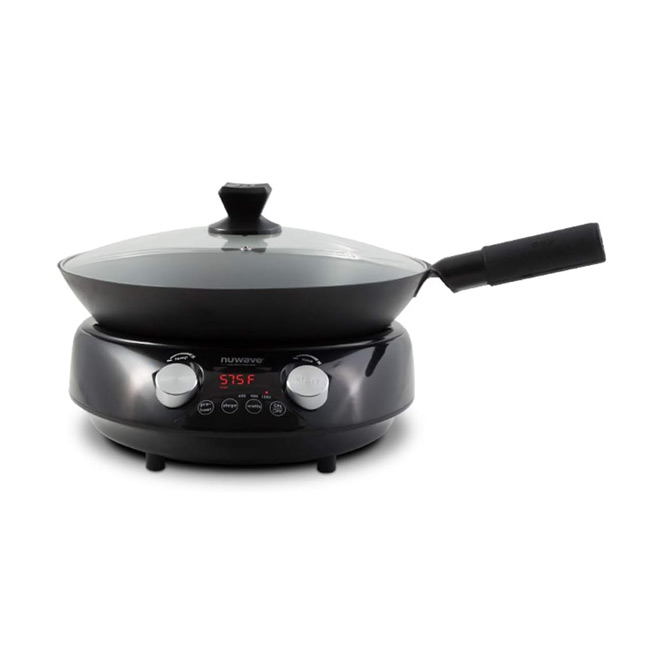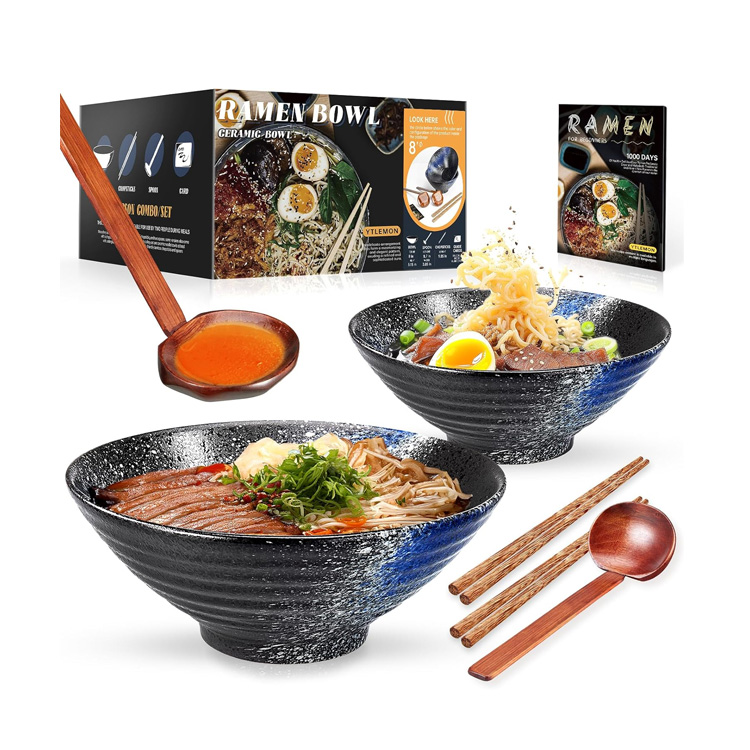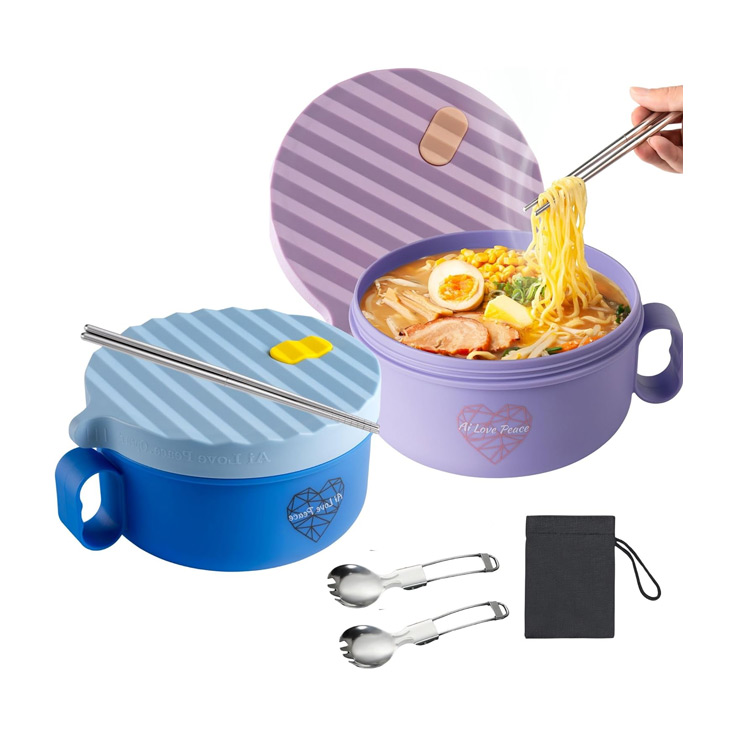Buckwheat noodles are a beloved staple that bring a unique, earthy flavor and a firm, slightly chewy texture to ramen dishes. Made primarily from buckwheat flour, these noodles are rich in nutrients and offer a gluten-free option for those with dietary restrictions, provided they are made from 100% buckwheat.
Soba noodles have a long history in Japan, traditionally enjoyed both hot and cold, and they are celebrated for their versatility and health benefits. High in protein, fiber, and essential amino acids, buckwheat noodles are also a good source of minerals such as manganese, magnesium, and copper. Their distinct taste and nutritional profile make them a popular choice in various noodle dishes, providing a wholesome and flavorful base.
Usage and Selection
In ramen, buckwheat noodles add a unique dimension, complementing both light and robust broths. They are particularly favored for their firm texture and ability to absorb flavors without becoming overly soft.
To incorporate buckwheat noodles into ramen, it’s essential to choose high-quality soba, ideally those made with a high percentage of buckwheat flour. Look for noodles that have a uniform, dark color and a slightly rough texture, indicating a higher buckwheat content.
When preparing soba noodles, cook them in boiling water until al dente, then rinse under cold water to remove excess starch and prevent sticking. This step ensures the noodles maintain their firmness and enhance the broth’s flavor when reheated in the ramen soup. Buckwheat noodles are versatile and pair well with various broths, from clear dashi to rich miso, making them a flexible choice for ramen enthusiasts.
Buckwheat Noodles and Ramen
Buckwheat noodles are a versatile addition to various ramen styles, each benefiting from their unique texture and flavor. Below, we explore some popular types of ramen that incorporate these nutritious noodles.
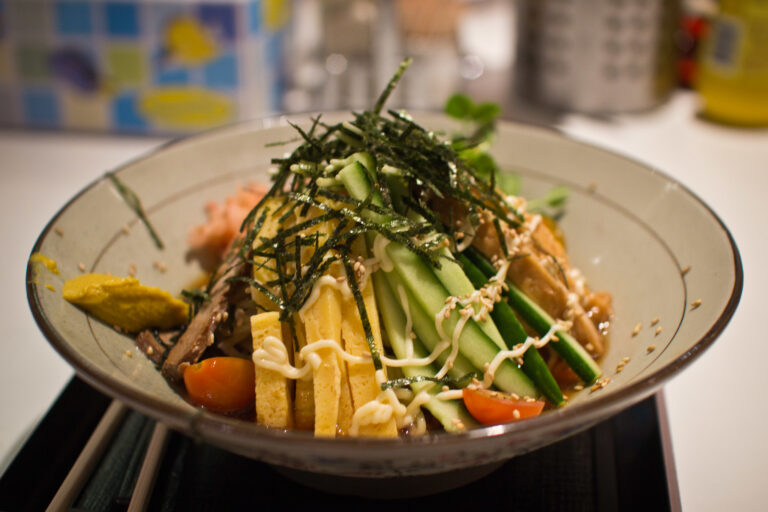
Hiyashi Chuka (Cold Ramen Salad)
Hiyashi Chuka is a popular Japanese cold ramen dish, often enjoyed in the summer. It features chilled ramen noodles topped with ingredients.
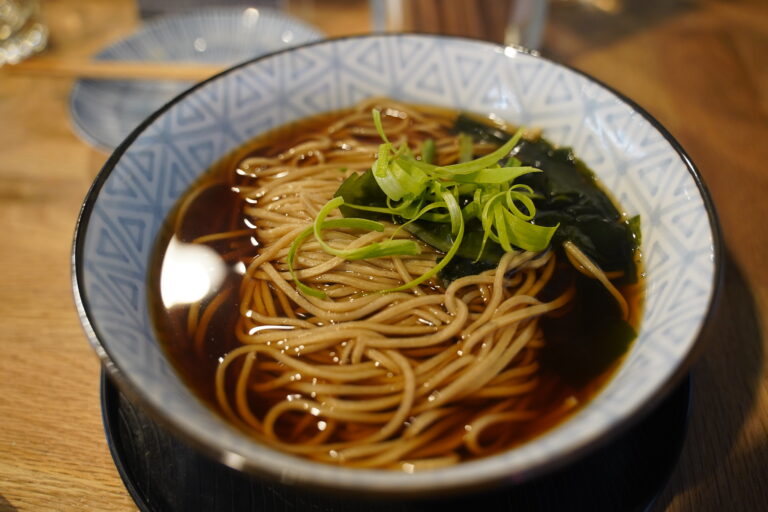
Kake Ramen
Kake ramen is typically based ona clear, dashi-based broth seasoned with soy sauce (shoyu), mirin, and sometimes sake.
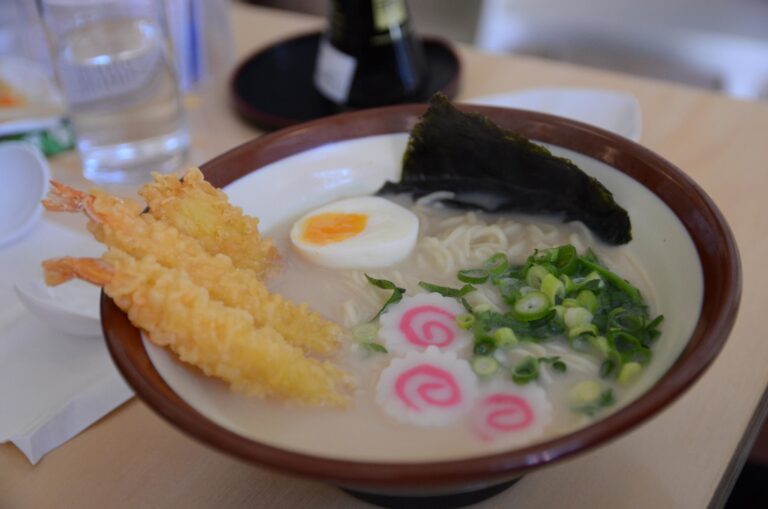
Tempura Ramen
Tempura ramen combines the crispy goodness of tempura with the savory flavors of ramen. It can feature tempura shrimp or vegetables.


